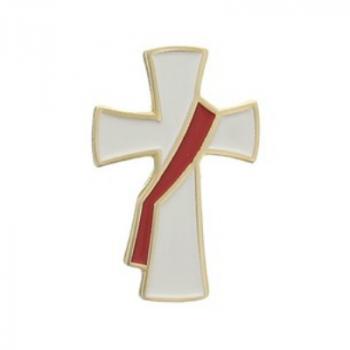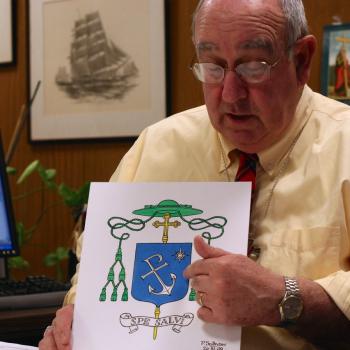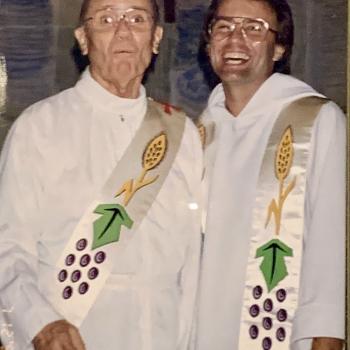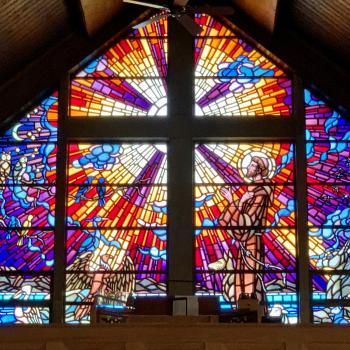With the anniversary of the opening of the Second Vatican Council this week, Matthew Cantirino over at First Things takes note of something I often mention — a great success story of the Council, the restoration of the diaconate as a permanent order:
The restoration of the permanent diaconate to the Western church …must rank as one of the council’s more under-appreciated moves, perhaps because it has been largely free of controversy. Yet it was a major change in its own right: many lifelong Catholics were baffled when non-seminarian deacons began appearing in their parishes, and even the newly-ordained deacons often found themselves unsure of their precise position. Admission to an office that had been consigned to seminarians for centuries was now suddenly re-opened to lay applicants.
The fruits of this restoration have been almost entirely positive: there are now nearly 17,000 ordained deacons serving throughout the United States, and their presence has become all the more welcome as the number of men being ordained to the priesthood has slid. Indeed, deacons today have become not only familiar but absolutely necessary to the functioning of countless parishes, serving as bridges between lay leaders (whose growing influence some traditionalists decry) and ordained priests (whose necessary distance from the congregation some reformers dislike).
The revival of the diaconate also, in my experience, serves as a pleasant surprise to Protestant friends when it comes up in discussions of the Catholic Church (many seem unaware of its existence, and imagine the priesthood as the only office to which the sacrament of ordination can be applied). It helps that the deaconate is an office so clearly grounded in Scripture. Whereas considerable debate often ensues about the theology of the priesthood as a continuation of the Levitical line and the nature of the Mass, the role of the deacon, which places service to others and the preaching of the Word the summit of this ministry, seems to resonate clearly with non-Catholic Christians.
Today’s diaconate, in a way, represents the true “spirit” of Vatican II in that it successfully addressed a contemporary need through the revival of an ancient office. It has proven a model of dynamic conservatism, and at the moment it seems to be a promising model for how aggiornamento and ressourcement might cooperate. Although many of the council’s other decisions will remain contentious for some time, it is often overlooked changes like these which, through the quiet good works they produce, can wind up making the biggest impact of all.
To which I can only add: Amen.












